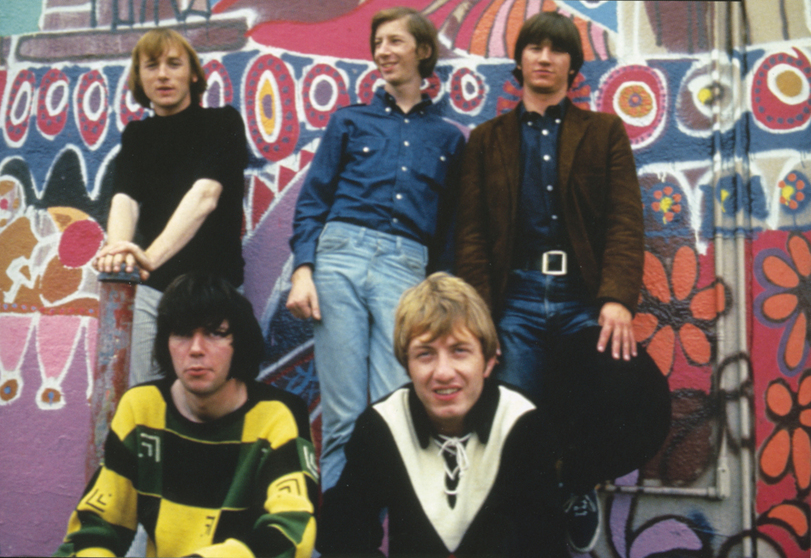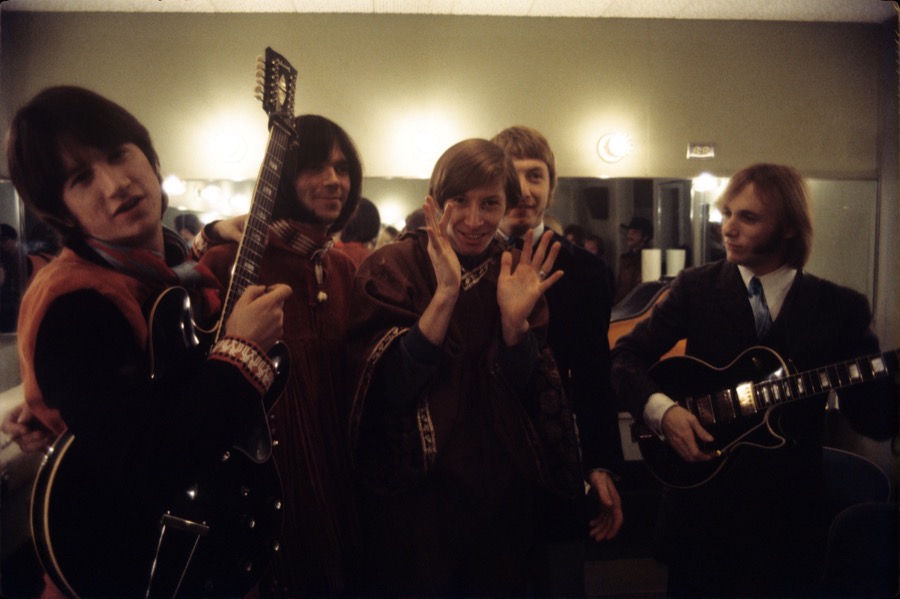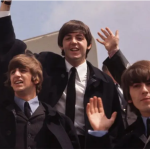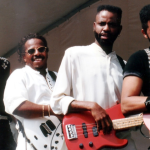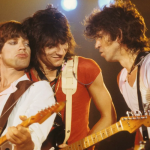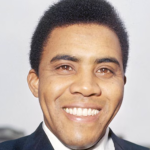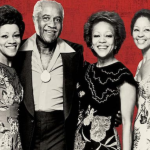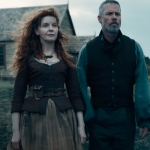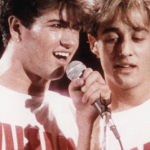“For What It’s Worth” – Buffalo Springfield
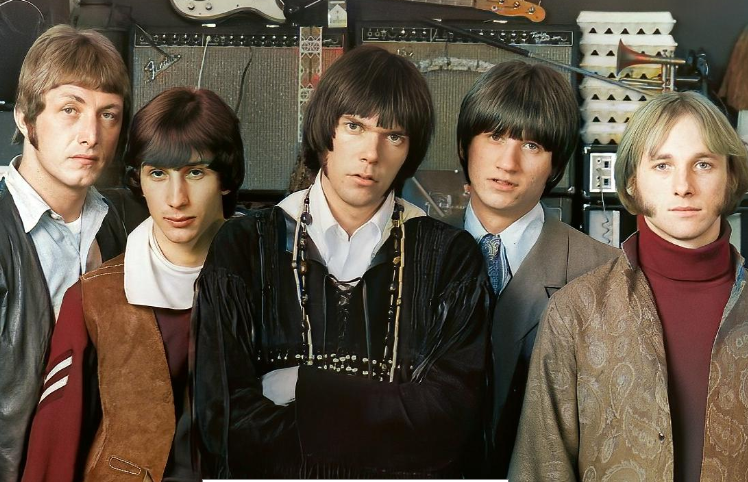
“For What It’s Worth” is a classic song by Buffalo Springfield, released in 1966. Here’s a detailed look at this influential track:
Overview
- Artist: Buffalo Springfield
- Single Release: December 1966
- Album: Buffalo Springfield (1966)
- Genre: Folk Rock, Psychedelic Rock
- Length: 2:37
Musical Style
The song features a blend of folk rock and psychedelic rock elements, characterized by its distinctive guitar riff and laid-back rhythm. The arrangement includes a prominent electric guitar and a subtle but effective rhythm section, contributing to the song’s reflective and contemplative mood. Stephen Stills’ vocal delivery adds a sense of urgency and sincerity to the lyrics.
Lyrics and Theme
“For What It’s Worth” is known for its reflective and somewhat ambiguous lyrics, which address social and political unrest. The song was written by Stephen Stills in response to the Sunset Strip riots in Los Angeles, which were protests against curfews and restrictions on public gatherings. The lyrics, with lines like “There’s something happening here, what it is ain’t exactly clear,” capture a sense of confusion and concern about the turbulent social climate of the time. Despite its specific inspiration, the song has been interpreted as a broader commentary on protest and civil rights.
Cultural Impact
“For What It’s Worth” became a defining anthem of the 1960s counterculture and civil rights movements. The song reached No. 7 on the Billboard Hot 100 and has since been recognized as one of the era’s significant protest songs. Its catchy melody and poignant lyrics have made it a lasting symbol of social change and activism.
Fun Fact
Stephen Stills wrote the song in just a few hours and originally titled it “For What It’s Worth (Stop, Hey What’s That Sound).” The track was recorded with the original Buffalo Springfield lineup, which included Stills, Neil Young, Richie Furay, Bruce Palmer, and Dewey Martin.
Legacy
“For What It’s Worth” remains a classic and influential track, frequently featured in retrospectives of 1960s music and protest songs. Its timeless message and memorable melody continue to resonate with audiences, and the song has been covered by various artists over the years. It’s often associated with the spirit of activism and social change of the 1960s.
Video:

